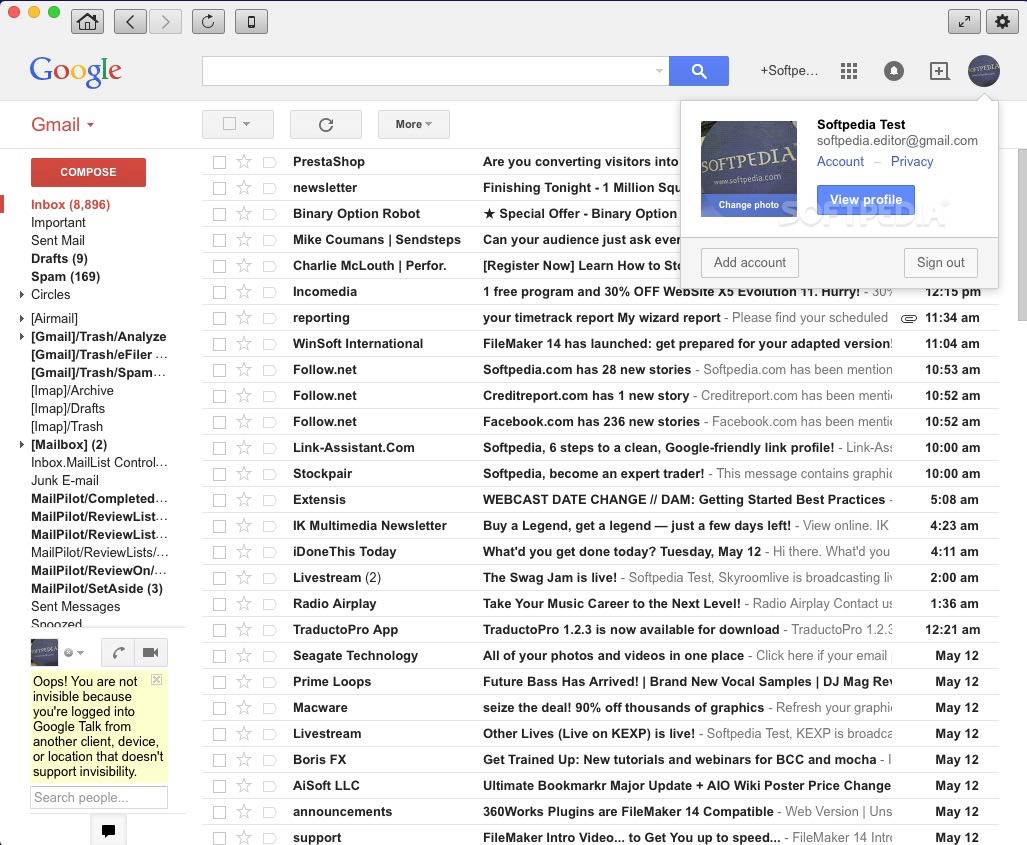

Oxygen in the inhaled breath crosses the alveolar walls to enter the blood. See How Do Particulates Enter the Respiratory System? for a diagram and more details. The walls of the alveoli are very thin and are richly supplied with tiny blood vessels (capillaries). Collectively, they are called alveoli and there are many thousands of these alveoli in each lung. Each of these sacs is called an alveolus. Eventually, the tiniest tubes, which are called bronchioles, end in thin-walled air sacs. The tubes of the bronchus get thinner and thinner as they spread, similar to branches of a tree.

Once inside its lung, each bronchus starts to branch. Contaminated air passes into the trachea which itself divides into two large tubes, each called a bronchus. The pharynx, which is the entrance to the airways, divides into two tubes, one called the esophagus, which carries food to the stomach, and one called the trachea, which leads down toward the lungs. This swirling air can cause some large contaminating particles to be deposited in the nose and trapped by the moisture of the mucus lining.Īir coming in from the nose and the mouth reaches the back of the throat and enters an area known as the pharynx. Inside the nose there are small bones and cartilage that cause the inhaled air to swirl around.

Air breathed in through the nose is filtered by the nasal hairs so that large, solid particles in the atmosphere are prevented from going any further. In conditions of hard physical work, up to 10,000 litres may be exchanged. Over an 8-hour working day, more than 2,800 litres of air will be breathed in and out of the lungs. People involved in hard physical work will breathe harder and take in more than 6 litres a minute. Each of the 12 breaths brings in about 500 mL of air, corresponding to 6 litres of air per minute, together with any contaminants that the air contains. An average person will breathe in and out about 12 times a minute. Air is drawn through the mouth and nose, and then into the lungs. What happens to contaminated air when I breathe it in? Back to topĬontaminated air in the workplace can be inhaled. In this way, the chemical may harm organs which are far away from the original point of entry as well as where they entered the body. Regardless of the way the chemical gets into the body, once it is in the body, it is distributed in the body by the bloodstream. For this reason, workers should not drink, eat, or smoke in areas where they may be exposed to chemicals. Workplace chemicals may be swallowed unintentionally if contaminated hands are not washed before the worker touches food or cigarettes, or if the items are contaminated directly. Usually, however, only very small quantities of chemicals in the workplace enter the body through the eyes.
#Go for gmail all bod skin#
Some chemicals, when contacted, can pass through the skin into the bloodstream. There are four major routes by which a chemical may enter the body:īreathing in contaminated air is the most common way that workplace chemicals enter the body. In order for a chemical to harm a person's health, it must first come into contact with or enter the body, and it must have some biological effect on the body. How can chemicals enter my body? Back to top You are here: How Workplace Chemicals Enter the Body


 0 kommentar(er)
0 kommentar(er)
